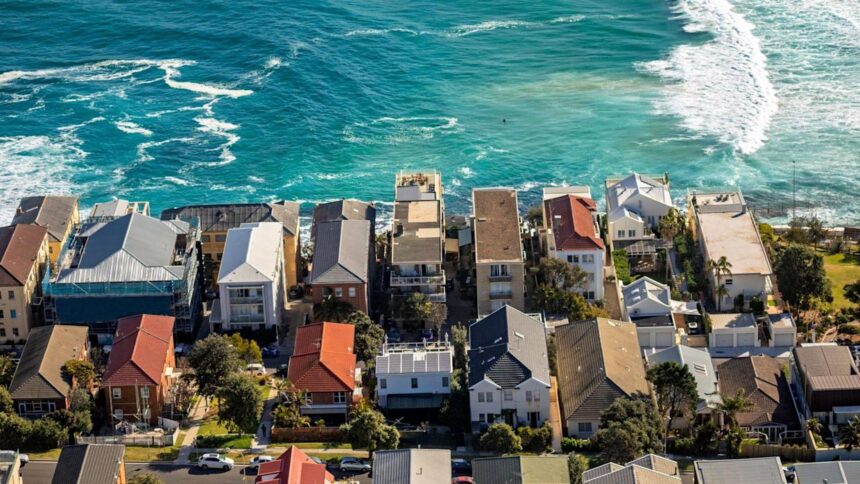Introduction
Australia has officially entered a new phase of its housing crisis, with the average home price crossing A$1 million for the first time australia housing crisis. According to recent data from the Australian Bureau of Statistics (ABS), home prices surged by 0.7% in the March quarter, pushing the national average to A$1,002,500.
This alarming milestone reflects a growing concern among economists and citizens alike: housing is becoming unaffordable not only for low-income families but for the average Australian household as well.
Why Are Australian Homes So Expensive?
Experts attribute the spike in property prices to a mix of:
- High population growth with insufficient new housing supply
- Tax incentives for property investors
- Planning restrictions and red tape slowing development
- Underinvestment in social and affordable housing
Michael Fotheringham, director of the Australian Housing and Urban Research Institute, described the milestone as “daunting,” adding that prices have outpaced wages for years australia housing crisis.
State-Wise Breakdown of Home Prices
The housing boom hasn’t been evenly spread. Here’s how different states compare:
- New South Wales (NSW): A$1.2 million – the most expensive in the country
- Queensland: A$945,000
- Western Australia and South Australia: Major contributors to the national price increase
Despite slower annual growth rates, all states and territories recorded price increases in the last quarter.
Rental and Social Housing Crisis
Renters are also facing tough times. Availability is at a historic low, and demand has surged, especially in cities like Sydney and Melbourne. Compounding the issue is the lack of social housing infrastructure. Unlike the UK, which has a substantial inventory of council homes, Australia’s public housing is unable to meet growing demand australia housing crisis.
This crisis is no longer limited to vulnerable groups. “This isn’t just a problem for lower-income households. It’s also impacting middle-income Australians,” says Dr. Fotheringham.
Comparing Global Housing Markets
While Australia’s average home price stands at A$1 million, the UK averages about A$560,000 (£270,000) and Canada A$763,000 (C$680,000), according to the Canadian Real Estate Association.
Countries like Canada are facing similar affordability issues, but policy differences—such as a stronger social housing network in the UK—help mitigate the crisis somewhat. Read more in our article on Global Housing Crises Compared.
Government Response: Is It Enough?
Australian Prime Minister Anthony Albanese, recently re-elected, made housing a key campaign issue. He promised to reduce red tape for developers and promote the construction of 1.2 million new homes over the next five years.
“One of the things that we have to do is to make it easier,” he told the Sydney Morning Herald, acknowledging that over-regulation adds costs and delays to new developments.
Conclusion: A National Challenge With Global Parallels
The A$1 million average home price is more than a symbolic threshold—it’s a wake-up call. Australia needs urgent structural reforms, from zoning law simplification to massive investments in public housing. Without decisive action, home ownership may become a fading dream for the average Australian.
Stay tuned to our updates as we continue to cover developments in the housing crisis across Australia and the world.


